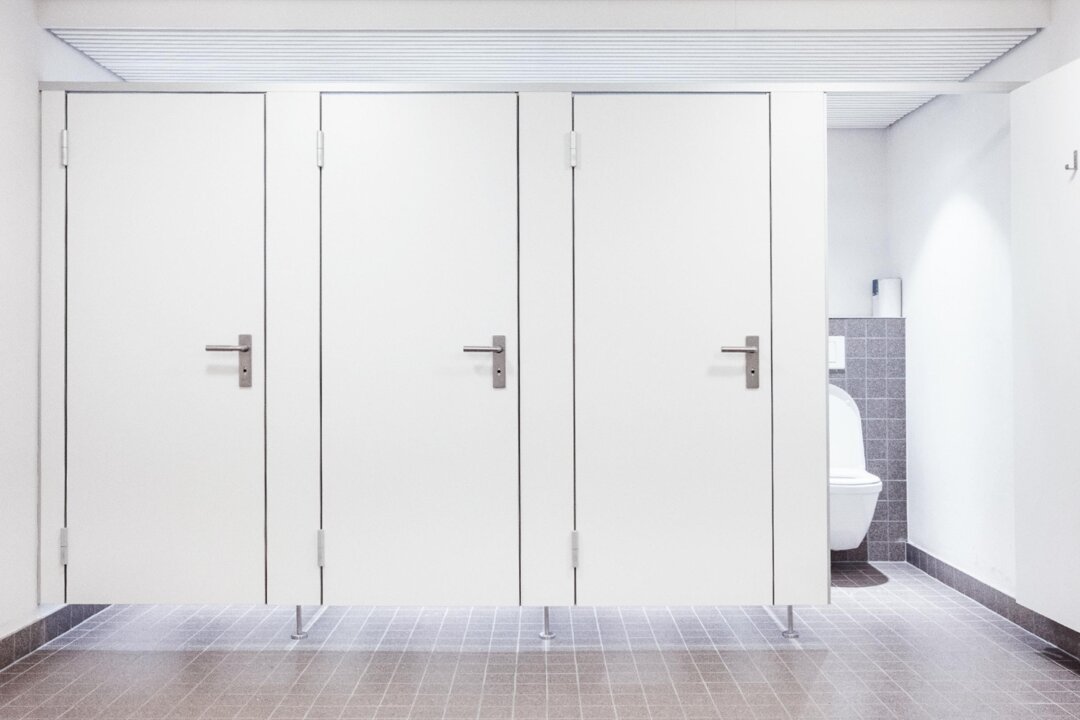Concerns about public restroom hygiene often center around the belief that toilet seats are breeding grounds for harmful germs. Despite these widespread fears, dermatologists and microbiologists assert that toilet seats are rarely the primary source of disease transmission in bathrooms.
Dr. Chen Wei-di, a dermatologist in Taiwan and a member of the American Academy of Dermatology, emphasized that while bacteria can be found on toilet seats, most are harmless to humans. “They are microorganisms that only cause disease under certain conditions,” he explained to The Epoch Times. This sentiment is echoed by other experts, who point out that the most significant risks in restrooms are often linked to other surfaces or airborne pathogens.
Understanding Bathroom Pathogens
Certain pathogens can survive in bathrooms, but they typically do so under specific conditions. Dr. Huang Huilun, an attending physician at Ton-Yen General Hospital, highlighted that while some parasites, such as pubic lice and scabies, can theoretically remain on toilet seats, they are not the primary mode of transmission. Molds like tinea cruris and tinea corporis can also be present, but the likelihood of contracting these infections from a toilet seat is low.
Research has identified Clostridium difficile, a pathogen known for causing colon inflammation, as a significant concern. A study published in 2024 in Scientific Reports found that this bacterium can disperse through the air after flushing a toilet, posing a potential risk to users in the vicinity.
Gastrointestinal viruses, particularly norovirus, also present a health concern. According to Dr. Chen, these viruses tend to cling to frequently touched surfaces in restrooms, including flush handles, door knobs, and faucets. They can enter the human body through contact with contaminated hands.
Transmission Risks and Myths
Human waste can harbor dangerous bacteria such as E. coli and Salmonella. Flushing a toilet can aerosolize tiny droplets that carry these pathogens into the air. Both bacteria primarily spread through the fecal-oral route, leading to gastrointestinal illnesses, including diarrhea.
One of the most persistent myths revolves around the fear of contracting sexually transmitted diseases from toilet seats. Experts maintain that this concern is largely unfounded, further alleviating public anxiety regarding restroom hygiene.
In conclusion, while public restrooms can harbor pathogens, the real risks often come from other surfaces and airborne particles rather than from toilet seats themselves. Awareness of these facts can help reduce unnecessary fears and promote better hygiene practices in public spaces.
